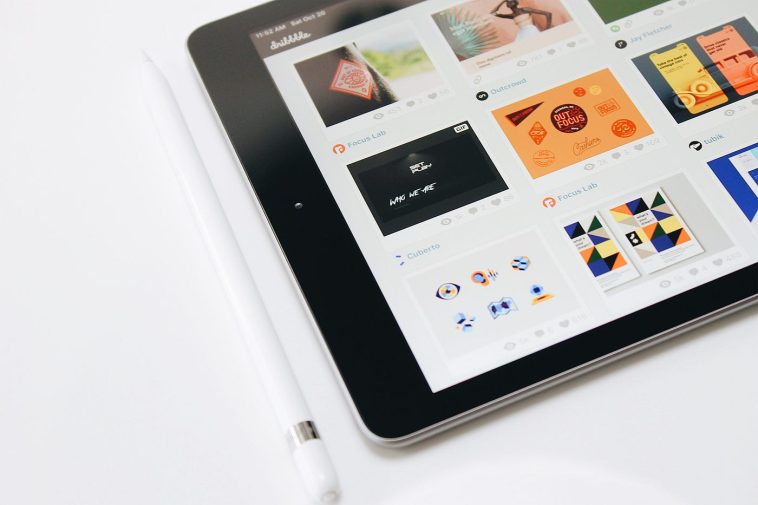Selling digital products—like eBooks, courses, templates, or printables—used to seem like something only influencers or big content creators could do.
I get it. If you don’t have thousands of followers or an email list, it feels like no one’s going to buy from you.
But that’s not true anymore. You don’t need a big audience to make your first sale. What you do need is a smart plan, the right tools, and a bit of strategy.
I’ve seen people go from zero to earning consistent income just by picking the right product, using platforms that do the heavy lifting, and getting in front of the right people—even if those people don’t follow them on social media. So if you’re holding off because you think no one’s watching, let’s change that today.
This guide is for you if:
You don’t have a big following.
You don’t want to spend months growing a YouTube or Instagram account.
You want to make money from your skills, knowledge, or ideas—starting now.
Let me show you how to sell digital products even if no one knows who you are (yet).
What Counts as a Digital Product?
Let’s keep this simple. A digital product is something people can buy and use online—no shipping, no warehouse, just something useful delivered through a link or download. Some examples:
eBooks
Notion templates
Canva templates
Printable planners
Lightroom presets
Online courses
Tutorials or guides
Website themes or UI kits
Digital art
The best part? You create it once and sell it over and over again.
Step 1: Start With a Problem (Not a Product)
Don’t start by asking, “What should I sell?” Ask, “What problem can I solve?”
Even if you don’t have an audience, you can still sell if your product solves a specific problem. People don’t need to know you—they just need to trust that what you’re offering will help them.
For example:
Struggling with time management? Sell a digital planner.
Can’t figure out how to edit photos? Sell Lightroom presets and a simple guide.
New business owners need help with branding? Sell Canva templates or social media kits.
People search for solutions all the time. They don’t care if you’re famous. They care if you can help.
Step 2: Use the Right Platforms (That Already Have an Audience)
No followers? No problem. Let other platforms bring you the traffic. Here are some powerful ones:
1. Etsy
Etsy isn’t just for handmade stuff—it’s a massive marketplace for digital goods. As of 2024, over 96 million active buyers use Etsy. You can sell planners, templates, journals, and more. Etsy handles the storefront, payments, and traffic.
2. Gumroad
Gumroad lets you create a quick digital storefront and sell anything—from PDFs to video courses. It’s easy to use, great for beginners, and supports pay-what-you-want pricing.
3. Payhip
Another beginner-friendly tool that lets you sell digital downloads with no upfront cost. You get a simple store and they even help with EU VAT handling.
4. Creative Market / Design Bundles
If you’re a designer or sell templates, these marketplaces already have an audience looking for what you offer.
Step 3: Get Found Without Followers
Here’s how to get traffic without a social media following:
1. Pinterest Search Traffic
Pinterest isn’t social media—it’s a search engine. People go there looking for ideas and solutions. You can post pins that lead to your Gumroad or Etsy product. Make your pin look clean, use keywords, and link it directly to your shop. Use Canva to design them for free.
2. SEO on Product Listings
Use keywords in your product titles and descriptions. For example, instead of “The Ultimate Planner,” try “Printable Daily Planner for Busy Moms.” Be specific about what the product is and who it’s for.
3. Join Facebook Groups (the right way)
Instead of spamming, look for groups where your audience hangs out. Help people in the comments. When relevant, share your product link as a resource. It takes time, but it works.
4. Use Medium or Blogging
Write blog posts answering common problems your product solves. Add your product link at the end. Medium lets you post without a website, and Google can send traffic to your articles.
Step 4: Make Your Offer Clear
You don’t need fancy copywriting. Just focus on this:
What is it?
Who is it for?
What problem does it solve?
What will they get?
Include screenshots or mockups so people know what they’re buying. Use a tool like Canva’s mockup generator to make your product look good.
And keep your pricing simple. Most digital products sell best between $5–$50 when starting out.
Step 5: Build Trust Without Followers
Even without a personal brand, you can build trust:
Offer a refund policy (even if most won’t ask)
Include reviews or testimonials (ask friends to try it for free in exchange)
Show what’s inside the product with preview images
Use clean, well-designed pages (Gumroad and Payhip make this easy)
You’re not trying to convince people to support you, you’re showing them how your product helps them. Big difference.
Step 6: Keep Going and Improve Based on Feedback
You don’t have to get it perfect the first time. Start small, ship your first product, and learn from how people respond. If no one’s buying, tweak the title, improve your visuals, or offer a discount code.
Eventually, even without a traditional “audience,” you’ll start seeing repeat customers. Some will follow you. Some will buy more.
Bonus Tip: Use Freebies to Grow Your Email List
If you’re thinking long-term, offer a free download (like a mini version of your main product) and ask for an email in exchange. This way, you slowly build a list of people who actually want what you sell.
You don’t need a fancy tool—Mailerlite or ConvertKit both have free plans and are easy to set up.
FAQs
What’s the best digital product to start with if I’m not sure what to sell?
Start with something you already know how to create. If you’re organized, make a planner. If you design, try templates. If you write, try an eBook or checklist.
Do I need a website?
No. You can use platforms like Gumroad or Etsy to sell without a website. But having one can help if you want to scale later.
Can I sell digital products on WhatsApp or Telegram?
Yes, but you’ll need a payment link (like Paystack, Flutterwave, or PayPal). Then you can send the file manually or via Google Drive/Dropbox.
What if I don’t make any sales at first?
That’s normal. Focus on improving your product title, visuals, and where you promote it. Small tweaks can lead to big changes.
Final Thoughts
Selling digital products doesn’t require a big audience. It requires solving a real problem, using the right tools, and showing up where people are already searching. You can get started this week—even today—with what you already know.
You don’t need to wait to grow your followers. You need to start building value.
So, what digital product could you start selling today—even if no one’s following you yet?





GIPHY App Key not set. Please check settings